Nature – Always in the Mood for Halloween
Did you know the fear of Halloween is called Samhainophobia? Yes, some folks don't need ghosts, goblins, haunted houses, or horror movies to be frightened of All Hollow's Eve.
I don't understand why so many things associated with Halloween's scary side are nature-related, like worms, spiders, owls, bats, snakes, crows and ravens, and the poor lowly toads. These are actually good guys. In fact, they're quite beneficial — not only to the environment but to humans as well. The world would be a much scarier place without them.
Spiders’ eight legs and creepy go hand in hand. However, in reality, they're a crucial part of the ecosystem. Spiders eat insects and keep those bugs under control. Some build nests while others, such as the wolf spider, actively hunt down their prey. Crab spiders, on the other hand, sit tight and patiently wait for the mark to come to them. Welcome them to your garden and let them eat all the pests they want!
Owls have haunting calls. Some have a high-pitched screech, while others have a deep-throated who-who. Large eyes and their ability to turn their heads 270 degrees complete our eerie mindset. The barn owl's white ghost-like face adds to the sinister, dark, and foreboding character linked with the night hunters. Regardless, we need owls. Their excellent hearing guides them to find mice, rats, and other vermin hiding in the underbrush.
Worms, notably earthworms, are harmless, beneficial neighbors. Earthworms support plant growth by breaking down dead and decaying organic matter into rich humus soil. They also dig tiny channels and make holes that aerate the soil and improve drainage.
Interesting fact: Earthworms are hermaphrodites (male and female in one body) and have five "hearts" but don't have lungs or eyes. Instead, they breathe through their skin and use receptors in their skin to sense light and touch. I admit, this does sound a bit like sci-fi.
Bats are terribly misunderstood. They do not want to drink your blood! Dracula and other false tales have given these nocturnal creatures a bad rap. Only three bat species feed on blood and being under four inches (10 cm) big, they probably wouldn't take very much anyway. The only frightening thing about bats is the massive population losses due to disease, pesticides, and hunting.
Living up to 30 years or longer, these mammals are fruit eaters or bug eaters and benefit the environment by pollination, seed dispersal, and pest patrol. One bat will eat 2,000 to 6,000 insects per night.
Snakes are another example of misunderstood wildlife. There's no slime, and even though some are poisonous, none will attack unless provoked. Snakes are great at controlling rodent populations but are best left undisturbed and admired from a safe distance.
According to NC Wildlife, A common species that stands out as being particularly festive for Halloween is the ring-necked snake, a small species that rarely exceeds 10 inches in length. It eats primarily earthworms and is known for its shiny orange and black coloration. Another fall favorite is the corn snake, which can vary in color from red to orange to brown. Their name is deceiving; the corn snake isn't named for the vegetable but because their belly scales resemble Indian corn.
Toads aren't slimy either and don't cause warts. Eye of toad isn't an ingredient in any potions I know of so don't believe the rumors. Their reputations have been wrecked by myths, folklore, and ghost stories insinuating they associate with witches and demons. In fact, they'd rather hang around your garden or in the woods or grasslands slurping up slugs and snails. Unlike frogs, toads don't hop or visit ponds except during breeding season. Sadly, their populations are declining, so if you see toads walking around your yard, they won't cause any damage. Leave them be.
Crows and Ravens are considered the companions of witches, but we all know that's not true. They're too bright for that. Crows are actually one of the world's smartest creatures. They can communicate with each other with their different "caws," use tools, and plan ahead. They recognize each other as well as some people and can hold a grudge if you mess with them.
Ravens are intelligent, too. They can solve complex problems and tell other ravens about events and objects they can't immediately see. They've even been known to notify wolves of carcasses so the wolves can open the carcass up for them.
Their evil persona is partly due to their black, sleek bodies and less-than-pleasant carrion diet (dead animals). Yet if these carnivores didn't make such a good cleanup crew, our environment would be littered with nasty, disease-ridden carcasses that would be very hazardous to our health.
Pumpkins are not living creatures; however, they make a wonderful treat for the critters. DO NOT THROW THEM IN THE LANDFILL!!!! When you're ready to dispose of your Jack-o-Lantern, toss it outside for the animals to eat. They love it, and it's good for them. Leave the pumpkin in a wooded area for wildlife or give it to a farmer to feed his livestock.
Give the Scary Creatures a Break!
Halloween is a fun and sometimes spooky time for the whole family. But it's also a time to appreciate the fascinating and complex creatures that share this world with us. These "scary" creatures pose no real threat to humans, and many suffer from habitat loss, pollution, and more.
If you want to keep Halloween safe for wildlife, consider the following recommendations:
Keep candy where wildlife won't find it. Also, be sure to dispose of candy wrappers properly to avoid littering or creating a choking hazard for an animal.
Birds and bats can get tangled in fake spiderwebs. Use these decorations where wildlife won't be flying through.
Be alert for nocturnal wildlife while trick-or-treating.
Dear Reader,
I'd be ever so grateful if you would take a few minutes to recommend Let's Get Our Hands Dirty to your followers on Substack and other social media platforms.Thank you!
Greta---------------------------
Let's Get Our Hands Dirty is a reader-supported publication. This post is free as are all my posts. Please subscribe so you can receive notification when new articles are published. I'd love for you to become a part of our nature-loving family. Basic subscriptions are free, but if you sign up for a paid subscription as a love offering, that would be wonderful and greatly appreciated!
Have a fabulous day,
GretaPlease use the buttons below to Like, Comment, Restack, and Share my post on Substack and other social media platforms.
THANK YOU SO MUCH!





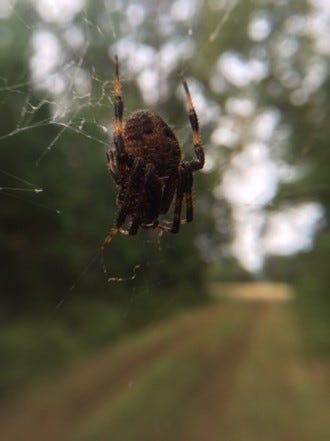
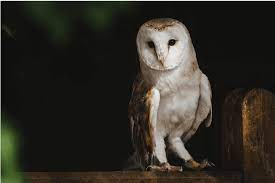
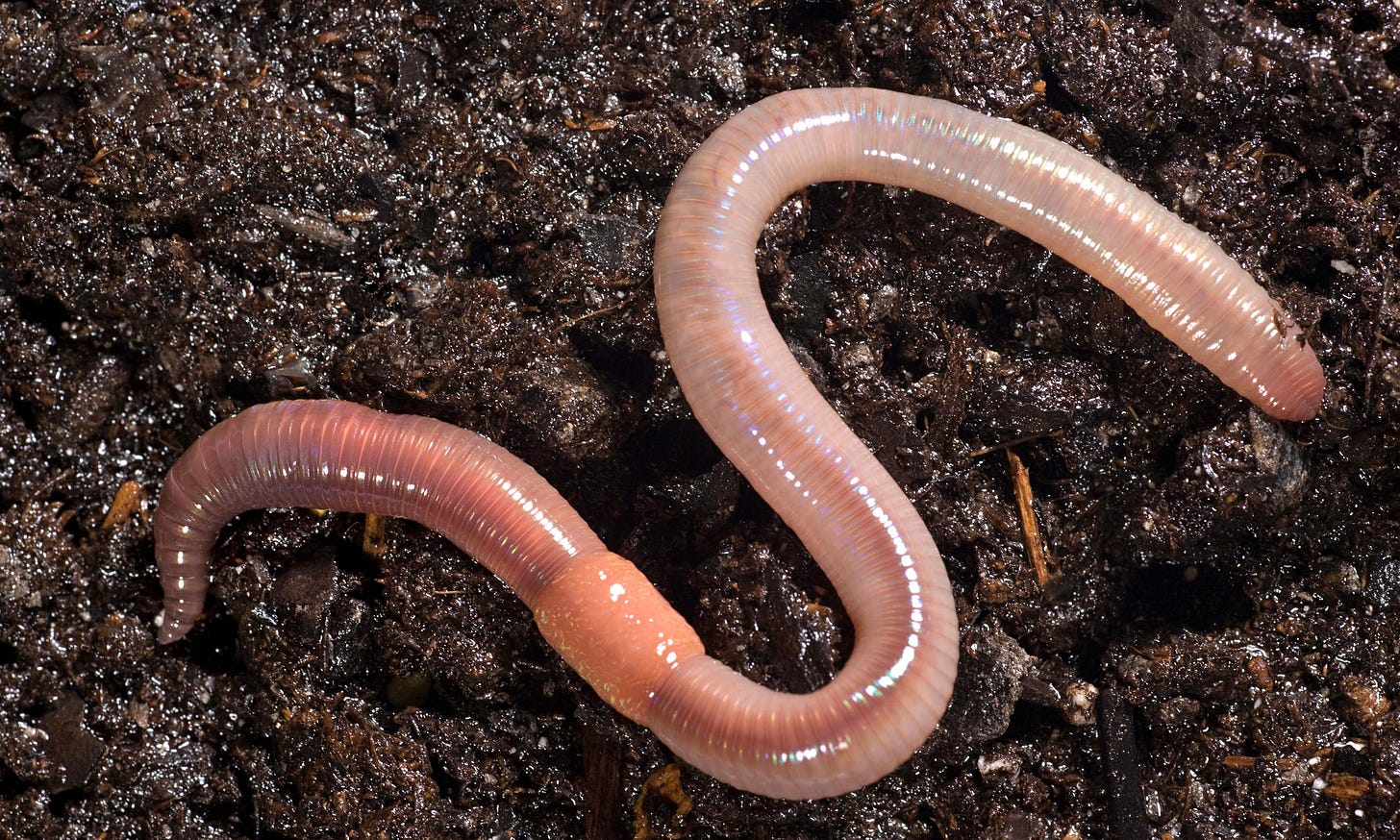
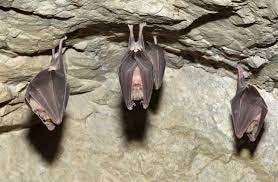

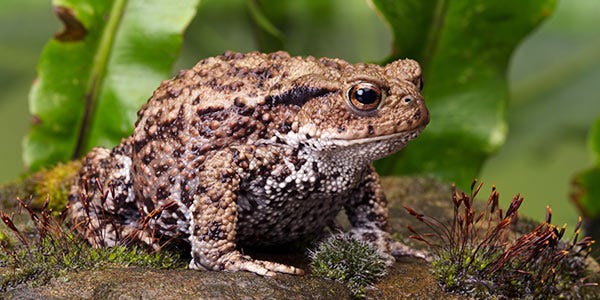
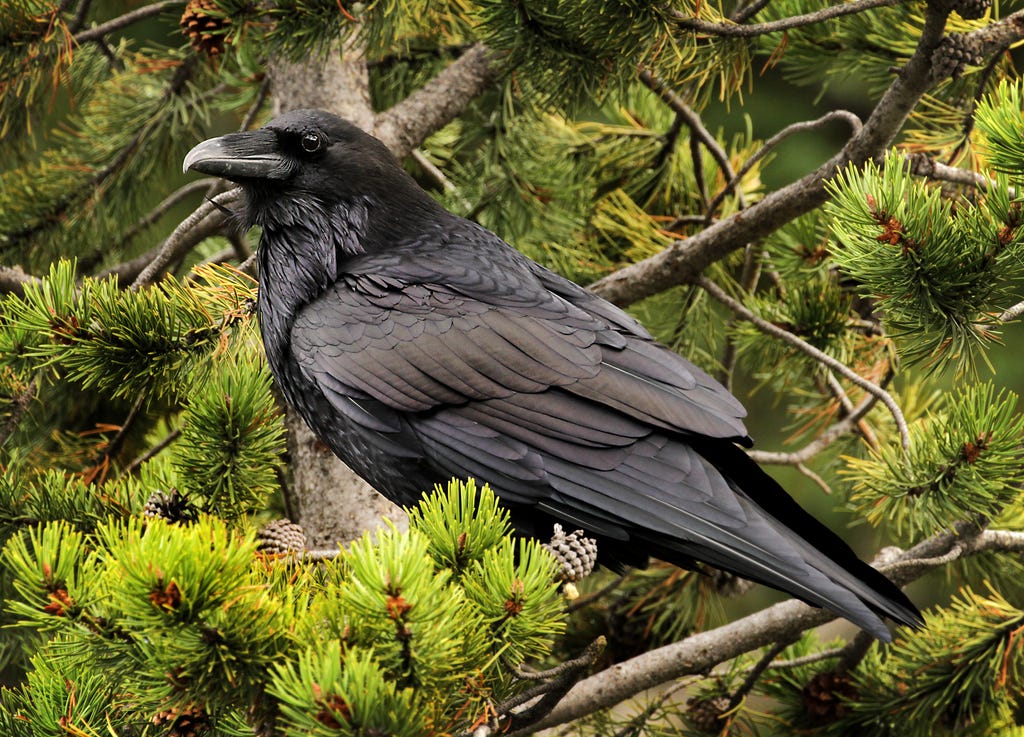
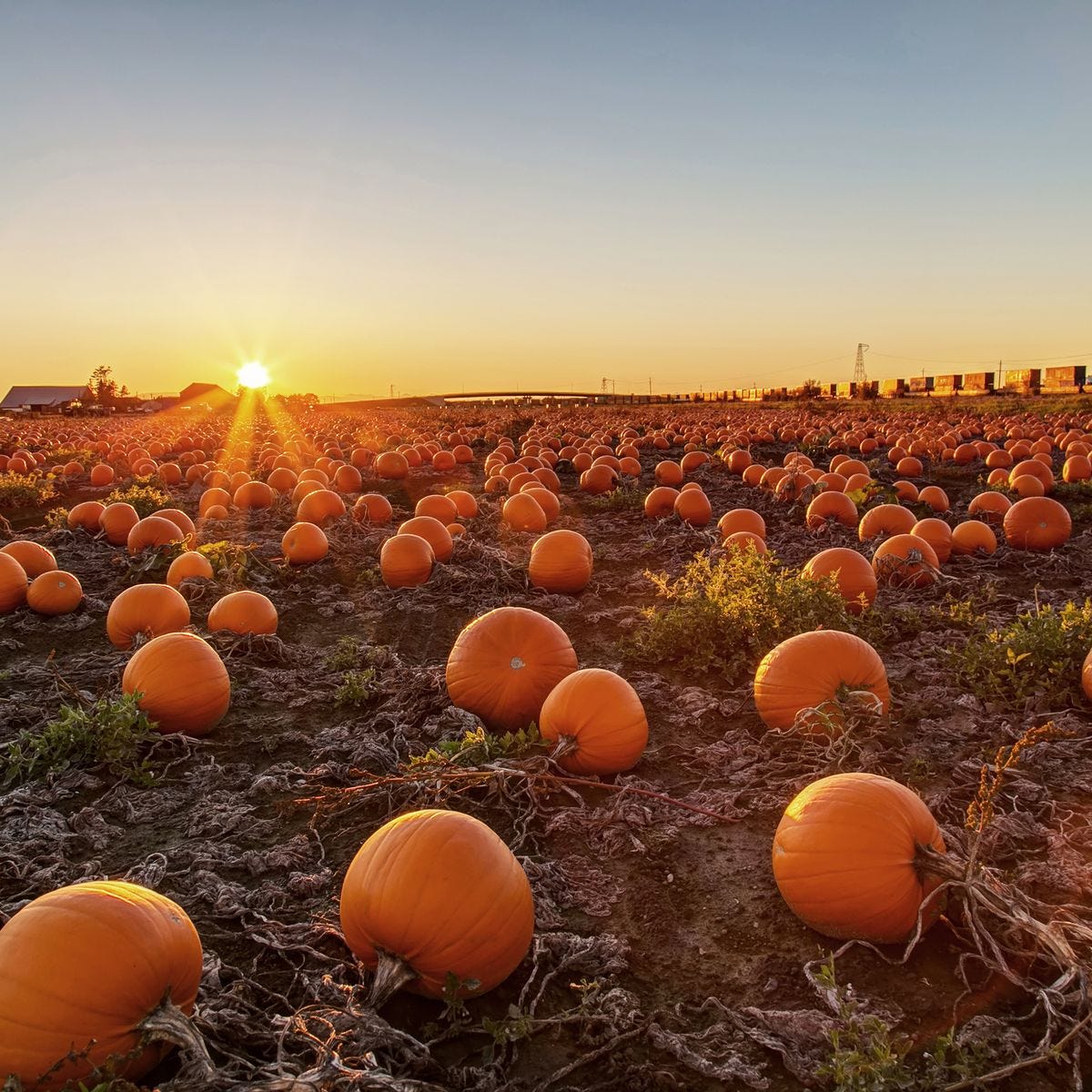

We often placed an upside down clay pot in a sheltered spot for toads to hide out in when we had gardens. One scary story, though. I was 13 when we lived in a old farmhouse. The entrance to the basement was from the outside. I opened the door (it was late fall) and curled up next to the door, between the joists was a six foot fat snake. It's colouring resembled a rattler. Needless to say that scared me - a lot. My father got rid of it (sadly in our furnace). We found out later it was likely a milk snake thinking this was a good spot to hibernate.